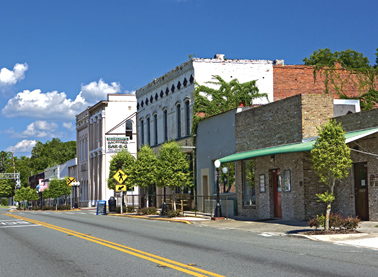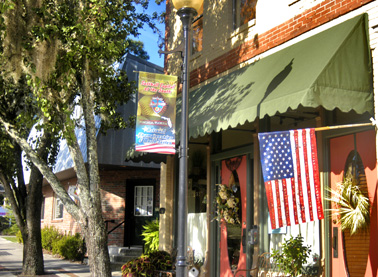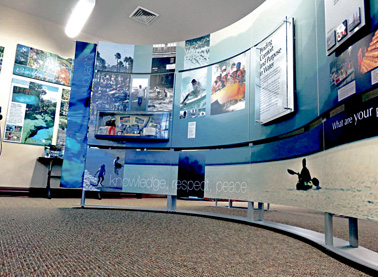
BOB BROWN/ Alachua County Today
Newberry is the fourth most populous community in Alachua County with approximately 5,500 residents. Due to expanding its city limits over the last two decades, Newberry is now geographically amost the same size as Gainesville, the county's largest city.
NEWBERRY – During the peak of the Florida phosphate boom in the 1890s, communities quickly sprang up throughout Western Alachua County as entrepreneurs scrambled to capitalize on the mineral’s abundance in the area.
Towns appeared that boasted populations of hundreds, surrounding a swath of mines that dotted the landscape. As fast as they began, though, once bustling communities just as rapidly disappeared when the phosphate industry collapsed with the beginning of the First World War.
Afterward, whereas the names of Wade, Dutton, Lexington, and Haile were mostly forgotten, Newberry endured.
Incorporated in 1895 and surrounded by 14 phosphate mines, Newberry began strictly as a community dedicated to that industry. It found longevity beyond phosphate as it was able to transition into a focus on agriculture.
“We’re an agricultural community to this day,” said Newberry Mayor Bill Conrad. “We want to keep those values. Our vision for the future is to grow in the areas of agri-business, agri-tech, and focus on utilizing the railroad that runs through our community.”
The most popular civic event is the annual Watermelon Festival, which began in 1946 as a way of celebrating the most profitable crop for many local farmers.
The focus on land extends beyond agriculture, though. While Newberry is only the fourth most populous community in Alachua County with approximately 5,500 residents, it has rapidly expanded its city limits over the last two decades to the point that it is geographically almost the same size as Gainesville.
“We’re the 19th largest city in Florida by landmass out of about 900,” said Conrad, “but our population density is one person per seven acres.”
Aside from acquiring land, Conrad said an emphasis for the City is on enjoying it, as recreation is a major community emphasis. The Easton Sports Complex has a renowned archery center where several Olympic hopefuls and past participants train, while Champions Park (formerly Nations Park) is a vast, 16-stadium baseball tournament venue.
“We also manage Diamond Sports Park in Gainesville,” Conrad said. “In all, we have 38 baseball fields. Our philosophy is to have a real robust recreation department.”
Conrad said one challenge the City faces is keeping its business growth commensurate with the rapid residential expansion underway in the form of several subdivisions. He noted that population growth for the City is at a rate of approximately five-percent per year.
“We don’t want to be a bedroom community [for Gainesville],” he said. “Businesses allow us to keep our taxes low. We’ve had over 50 businesses come into Newberry in the last six years, and we’re working really hard to get more.”
# # #
Email Dwisenerr@
alachuatoday.com
Add a comment






